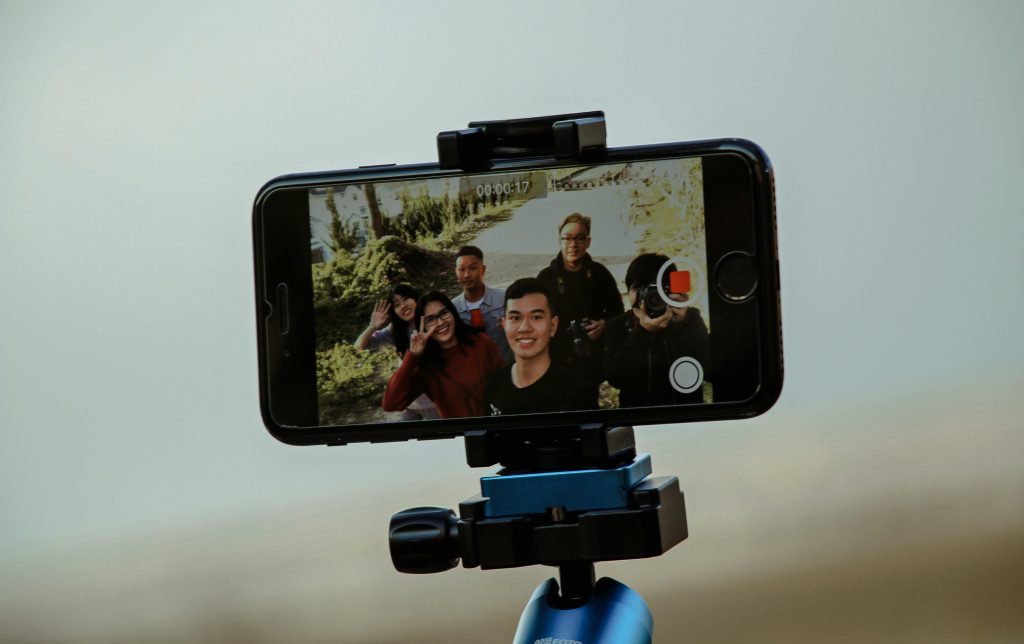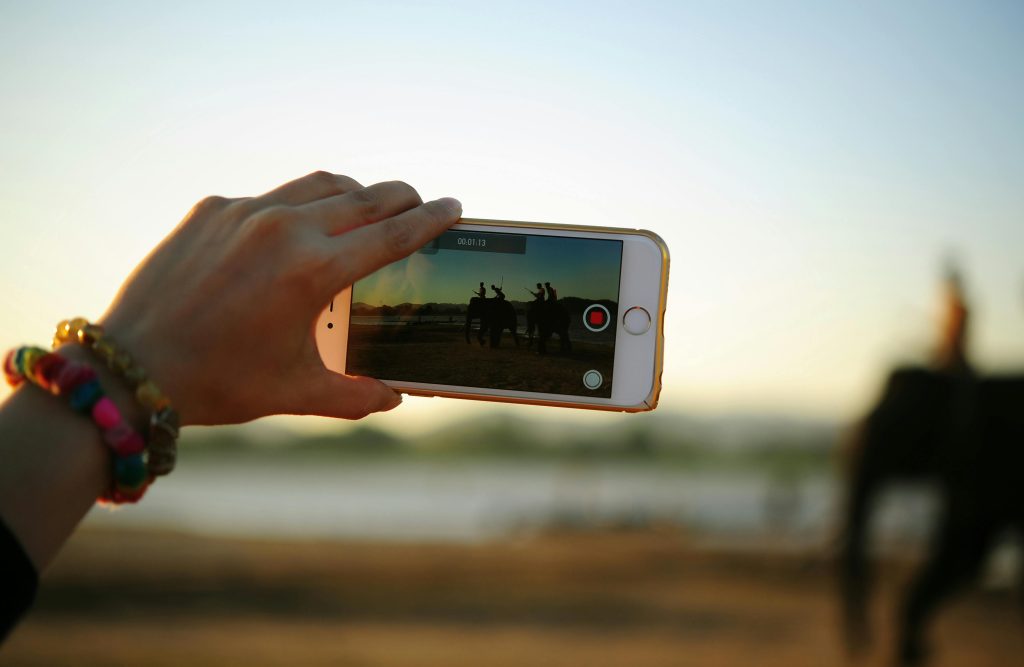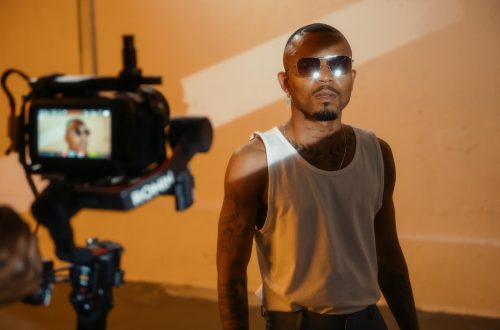
Master the Art of Short-Form Videos and Have Your Audience Hooked in Less Than 60 Seconds.
Well, changes in the ways people consume online content have undoubtedly fed into the success of short-form videos. Decreasing attention spans means content that grabs fast and is easily remembered, has a better chance of catching and holding on to people.
It’s a very good place for short-form video, offering quick bites that viewers can take in and dish out faster than at the speed of light. The format is getting huge traction because, let’s face it, it’s becoming super-rare right now, with platforms like TikTok, Instagram Reels, and YouTube Shorts flipping the script on how brands communicate with their audiences. All these platforms have provided an active, creative way for brands to interact with niche markets in a manner that stands out and continues to make an impact.
The Decline of Attention Span in Human Beings
In 2008, Adrian F. Ward and Thomas W. Malone studied multitasking through the Journal of Psychological Science, which showed that multitasking is associated with the decline of attention span in human beings.
Multitasking was proved to be a cognitive overload of an already overloaded mental system. This mirrors the fact that the need to do more multitasking, coupled with modern technology and societal demands, leads to a decrease in attention spans.
In modern society, due to the shrinking role of technology, and pressure from employers, people are required to multitask hence reducing humans’ attention spans. Additionally, today’s technology and societal pressures, such as constant distractions from smartphones and social media disrupt the brain’s default mode network, which activates when the mind is at rest, thus constantly increasing the challenge of maintaining attention as the day progresses.

Key Elements of Effective Short-Form Videos
One of the most popular forms of quick entertainment, short-form video focuses on storytelling by connecting with an audience emotionally to make the experience memorable. For this reason, YouTube, TikTok, and Instagram have established short-form videos.
Adding characters, conflict, plot, and climax to one’s videos structures them in a way that resonates with the viewer, enabling them to remember and engage with the content more. Research also shows that stories inspire powerful reactions from people and aid the brand in reaching and converting more customers.
Additionally, the use of storytelling in videos makes them unique and special; therefore, it gives videos some identity that can help creators be noticed in the massive digital marketplace. Whether it is a two-hour film or a two-minute clip, the basics of a story remain at the core of short-form power videos, which will have sustainable results.
Key Elements of Storytelling in Short-Form Video:
- Creating a Narrative: There should be a beginning, a middle, and an end. Keep the message concise, yet reflect on the meaning within that compressed message. The visuals play a strong part in enhancing the narrative.
- Understanding Your Audience: Create content that the audience is genuinely interested in, and craft appealing stories.
- Developing Compelling Content: Create compelling content by keeping it emotionally engaging and making the message clear and straightforward.
- Using Imagery and Music: Imagery and music provide support for the storyline, creating a sense of mood and emotion, which increases the power of the content. It becomes memorable to the viewer with effective storytelling through emotional videos.
Implementing Visual Elements
A good and interesting story in a short-form video needs visuals to be incorporated. These are often the ones that engage or ignite interest in the audience to move into the story. Whether easy images, animations, or complex special effects, the visuals should enhance the story and align with its tone. It involves the audience, rendering the content even more memorable through emotional visual storytelling.
Use Music to Enhance Your Story
Music helps enhance the level of emotion tied to your audience. Setting a tone, music directs the emotions and acts as a message conveyor. This is what truly bridges the visuals and the narration; it walks the viewer through the story and makes the experience better. A great soundtrack keeps the audience connected.
Visual Storytelling Techniques
Bear in mind your audience; do not smother them with heaps of visuals that perhaps they will not understand. Focus on creating a clear, meaningful narrative that satisfies the needs of your audience to the fullest extent.
The Importance of Pacing in Storytelling
Pacing is an extremely important component of every story. It helps to control the flow of a story, thus building tension and reader engagement. Here are some reasons why pacing is so important in storytelling:
- Engages the audience: Strategically moving the pace up or down grabs the audience’s attention.
- Create and Release Tension: Pacing is what increases excitement and maintains dynamism by balancing tense moments with periods of relief in the development of a story.
- Balance Action and Reflection: The pacing will strike a balance in holding space for a mix of scenes that are really high intensity, just like some other moments when action remains still, so that the audience catches up with the processing of the story emotionally.
- Control Narrative Flow: This will ensure that while events are moving, they are never pushed or dragged by controlling the sequence of events.
- Controlling Information and Building Tension: Pacing determines how and when key story points are revealed to the reader, keeping them interested and intrigued by what happens next.
- Emotional Beats: Pacing provides speed; it helps divide up a story, allowing some moments to race past while others drag out, making emotional highs and lows hit with unforgettable impact.
- Pace: The overall pacing will reflect the genre and tone of your story, ensuring nothing feels out of place, whether it’s fast or slow.
- Keeping Audience Interest: A well-paced story has no downtime or overexplaining, keeping the viewer engaged all the way through.
Conclusion
Visual storytelling is about one thing: show, don’t tell. This means using visuals that convey more than just the text. A truly excellent visual story ensures that text and visuals bolster each other without one overshadowing the other.






One Comment
Pingback: